Figures & data
Table 1 Rewards provided by myrmecophytic plants
Figure 1 Rewards produced by myrmecophytic plants to establish stable obligate symbiotic mutualisms with ants.
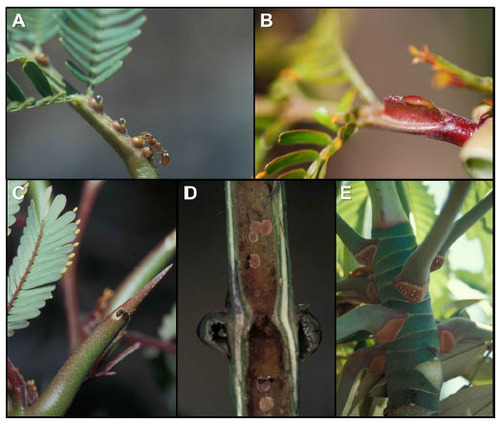
Table 2 Plant–ant obligate interactions in six plant groups
Figure 2 Anatomical tissues typically recognized in extrafloral nectaries.
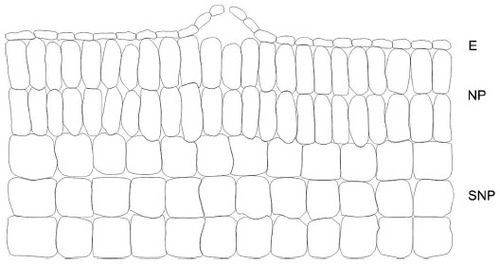
Figure 3 Comparison of the anatomical structure of food bodies in Piper and Acacia cornigera.
Abbreviations: EC, epidermal cell; E, epidermis; CC, cortex cell; FBs, food bodies; H, hypodermis, VS, vascular system.
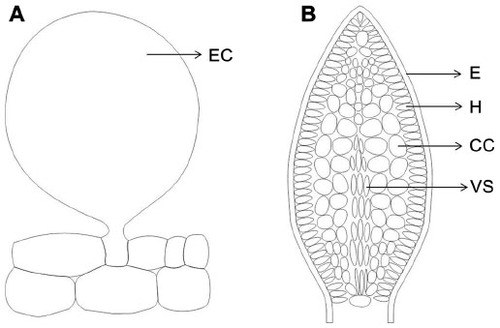
Figure 4 Comparison of the anatomical structure between a hallow and an unhollowed stem.
Abbreviations: C, crystal; VB, vascular bundle; WT, wound tissue.
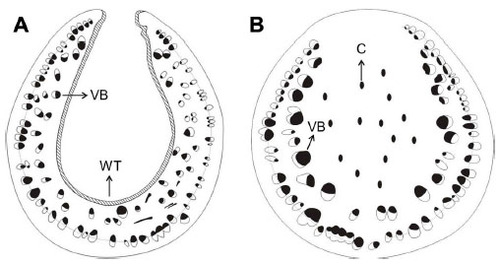
Figure 5 Comparison of the anatomical structure of an ant domatia with that of a leaf lamina.
Abbreviations: PP, palisade parenchyma; E, epidermis; PT, parenchymatous tissue; PP, palisade parenchyma; SP, spongy parenchyma; VB, vascular bundle.
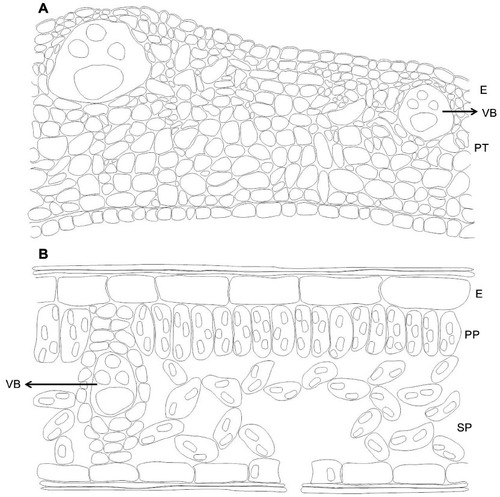
Table 3 Outstanding questions
